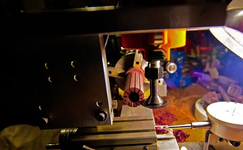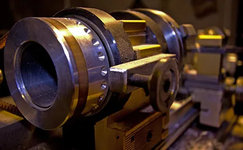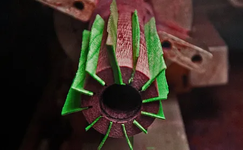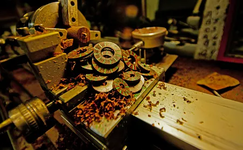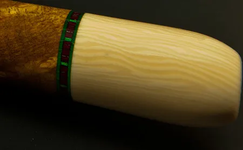Chriscb
Member
Afternoon all,
I'm 4 weeks into new ownership of a 7x14 seig lathe. Steep learning curve, but also quite a few transferable skills from turning wood.
My background is not engineering ( it's medical physics) so there are chasms of empty space in my learning and understanding of stuff that many seasoned metal lathe users take for granted.
My questionsimply put, is there an optimum angle for the compound on the 7x14 lathe? I would appreciate explanations to support the answers please (to better understand the logic). I'm fairly certain I know, but confirmation is always useful. Currently it's set to 10 degrees.
A second question is the optimum position of the tool post. Currently I have it positioned just left of centre on the saddle - would it be better dead centre?
Thanks for your time.
regards,
Chriscb
I'm 4 weeks into new ownership of a 7x14 seig lathe. Steep learning curve, but also quite a few transferable skills from turning wood.
My background is not engineering ( it's medical physics) so there are chasms of empty space in my learning and understanding of stuff that many seasoned metal lathe users take for granted.
My questionsimply put, is there an optimum angle for the compound on the 7x14 lathe? I would appreciate explanations to support the answers please (to better understand the logic). I'm fairly certain I know, but confirmation is always useful. Currently it's set to 10 degrees.
A second question is the optimum position of the tool post. Currently I have it positioned just left of centre on the saddle - would it be better dead centre?
Thanks for your time.
regards,
Chriscb

